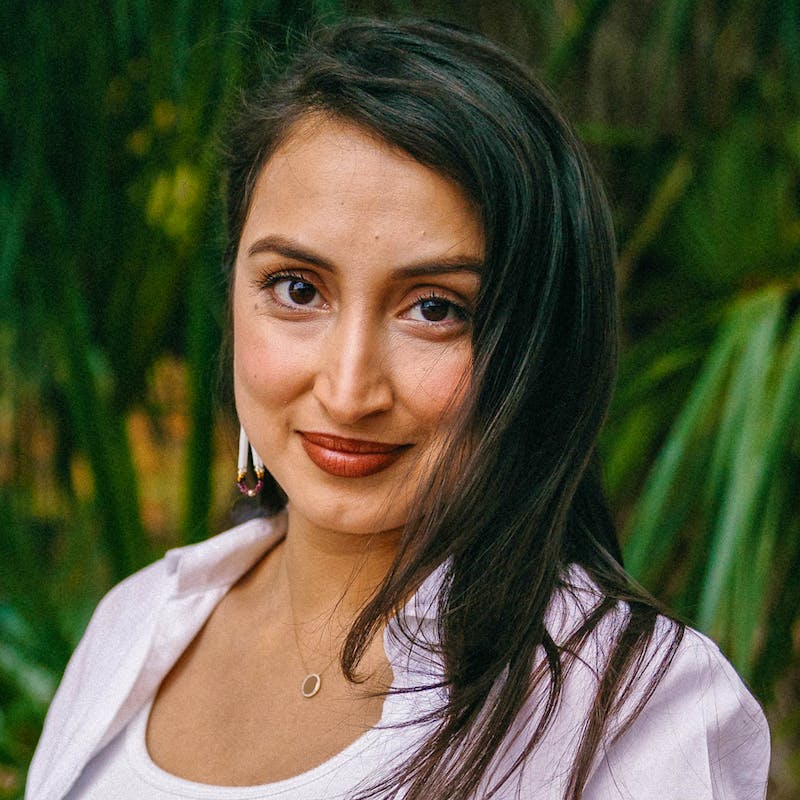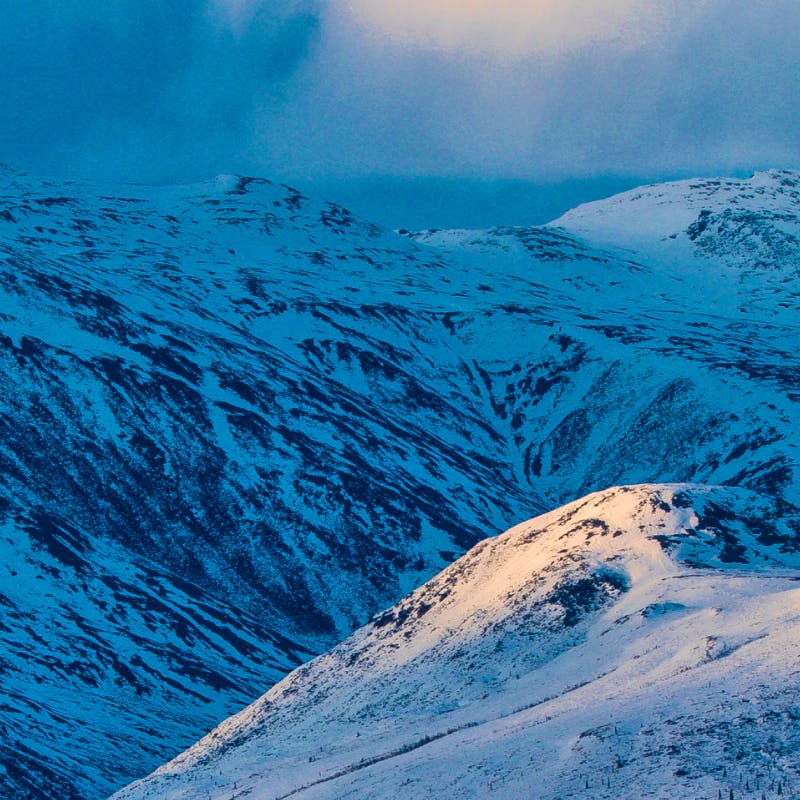In February, Defenders of Wildlife Texas Program staff hosted A Conversation on Diversity in Wildlife Conservation: Black History Month Edition to celebrate Black environmentalists around the state.
The three-part webinar series featured Texas Parks and Wildlife Department Chief Diversity and Inclusion Officer David Buggs, Krystal Toney, a Ph.D. candidate at the University of North Texas, Leandra Taylor, outreach coordinator for the Southern Appalachian Wilderness Stewards and a leader for Outdoor Afro, and Danae Jackson, senior zoologist at the Dallas Zoo.
The events were moderated by Dallas Zoo’s Assistant Supervisor of Education David Smallwood, who is proud to be the face of conservation efforts at the zoo - because when kids visit and see him around the park talking about wildlife and nature, “They see that they can do it, too.”
In Moving the Needle Forward, (click link to see presentation) Buggs reviews the past, present and future of environmentalism as well as the role of diversity and inclusivity in conservation, which strengthens environmental movements through collaborations, relationships and problem-solving.
“If we don’t have everybody’s support, everybody on board, we all lose,” Buggs said during the kickoff webinar Feb. 1.
Listeners learned about major players such as June Bacon-Bercey, the first Black woman to get a degree in atmospheric sciences, who worked for the National Oceanic and Atmospheric Administration and won awards from NASA and the American Meteorology Society.
In the second webinar, Barriers to Bridges: Wildlife BioDIVERSITY, (click link to see presentation) author of Black In Nature Toney shared her research on (and personal journey of) healing with the land. Toney’s doctoral studies focus on the disparities in access to nature and conservation and how to mend relationships with people and the land through the lens of her great-grandmother's garden, where everything – even ladybug larvae – has a place.
“She didn’t use terms like biodiversity,” Toney said of her self-taught great-grandmother. “She never studied plant reproduction or soil chemistry formally. Yet, here she stood entangled in it all. She did it all, but not in ways we understand it.”
In “My Great-Grandmother's Garden: A Story About Blackness, Healing and Conservation in America,” Toney talks about land ownership and the connection between nature and humans. She also explores environmentalism in Black communities.
Sending the Elevator Back Down When Shattering Green Ceilings (click link to see presentation) highlighted the work of Taylor and Jackson in a series of questions on working in nature and building a career in wildlife conservation.
Jackson, who once had a childhood dream of being a singing veterinarian, knew she wanted to help animals. As a teen, she applied for the junior camp counselor program with the Dallas Zoo after an impactful visit with her high school’s animal rescue club.
“That volunteer job was very integral [to] me figuring it out,” Jackson said, who failed to get the position the first time she tried, but she kept applying and eventually was successful. “It was that little level of persistence that started me along this pathway,” she says.
Taylor, who led an Outdoor Afro summit climb up Mount Kilimanjaro, is also an artist under the name Seasonal Lee. She described how her environmental work has inspired her art.
“I see so many ways that Blackness is reflected in nature, from the deepness of soil, the way our hair defies gravity,” she said. “There are so many things that I am like, ‘We are here, we are a part of nature.’”
You can watch the webinar series on our YouTube channel. (link)
From the Blog













Follow Defenders of Wildlife
facebook twitter instagram youtube tiktok threads linkedin